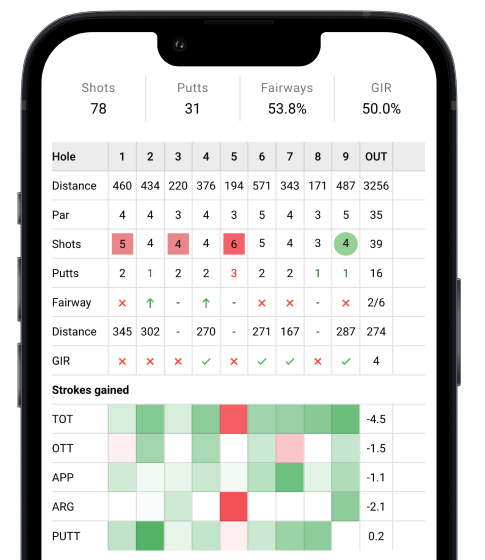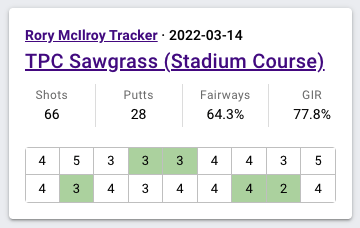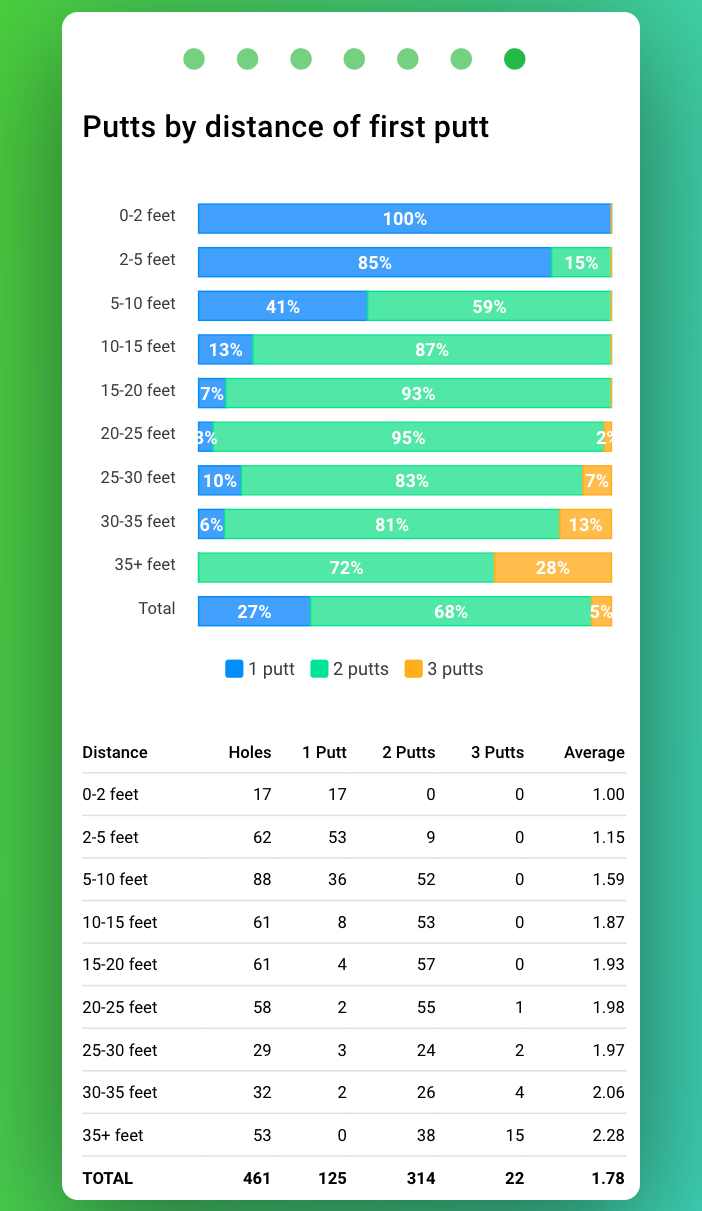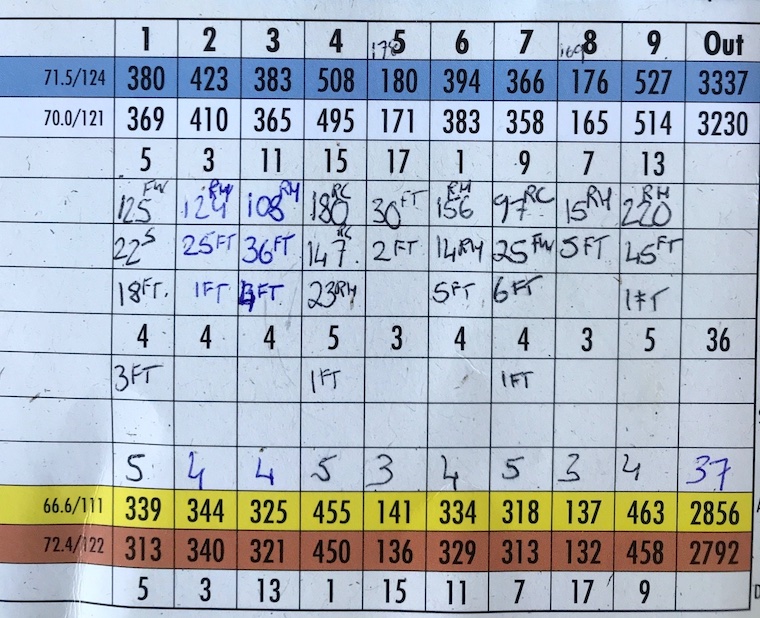· 2 min read
What is a green in regulation?
One of the most used stats in golf, but what does a green in regulation really mean?

Greens in regulation , many times shortened to GIR , is one of the most used stats in golf, but what does a “green in regulation” mean?
We know all the golf holes have a par , which is “a measure of what an expert player would be expected to score on any one particular hole based on the length and difficulty of that hole “. Most of the golf holes are either par 3, par 4 or par 5.
In any given hole, an expert player is supposed to take two shots with his putter to hole the ball. So, if you want to shoot a par in a given hole and need two putts to hole the ball that means you should take the ball to the green in two shots less than the par for the hole.
So, a player hits a green in regulation when their golf ball lands on the green in as many or fewer shots than the par of the hole minus two shots (to account for the two putts expected to hole the ball).
Therefore, you would then hit a green in regulation if you reach the green in:
- Par 3 holes: one shot
- Par 4 holes: two shots or less
- Par 5 holes: three shots or less.
And how many greens should you hit per round? This is what the stats tell us:
Handicap | Greens
in Regulation
---|---
25-29 | 3.0
20-24 | 3.5
15-19 | 5.1
10-14 | 6.9
6-9 | 8.5
3-5 | 10.2
0-2 | 11.8
+3 to +1 | 12.6
Tour Average | 11.7
If you’re curious, here’s the Greens in Regulation ranking for the PGA Tour, the leader during the 2021 season was Cameron Percy with 72.58% of greens in regulation (which means 13.06 greens per round).
Useful links:
- The Truth about Greens in Regulation - The Left Rough
- Greens in Regulation Percentage | PGA TOUR Stats
- Are you hitting enough Greens in Regulation? Improve your golf Handicap - The Range @ TheGrint.com


